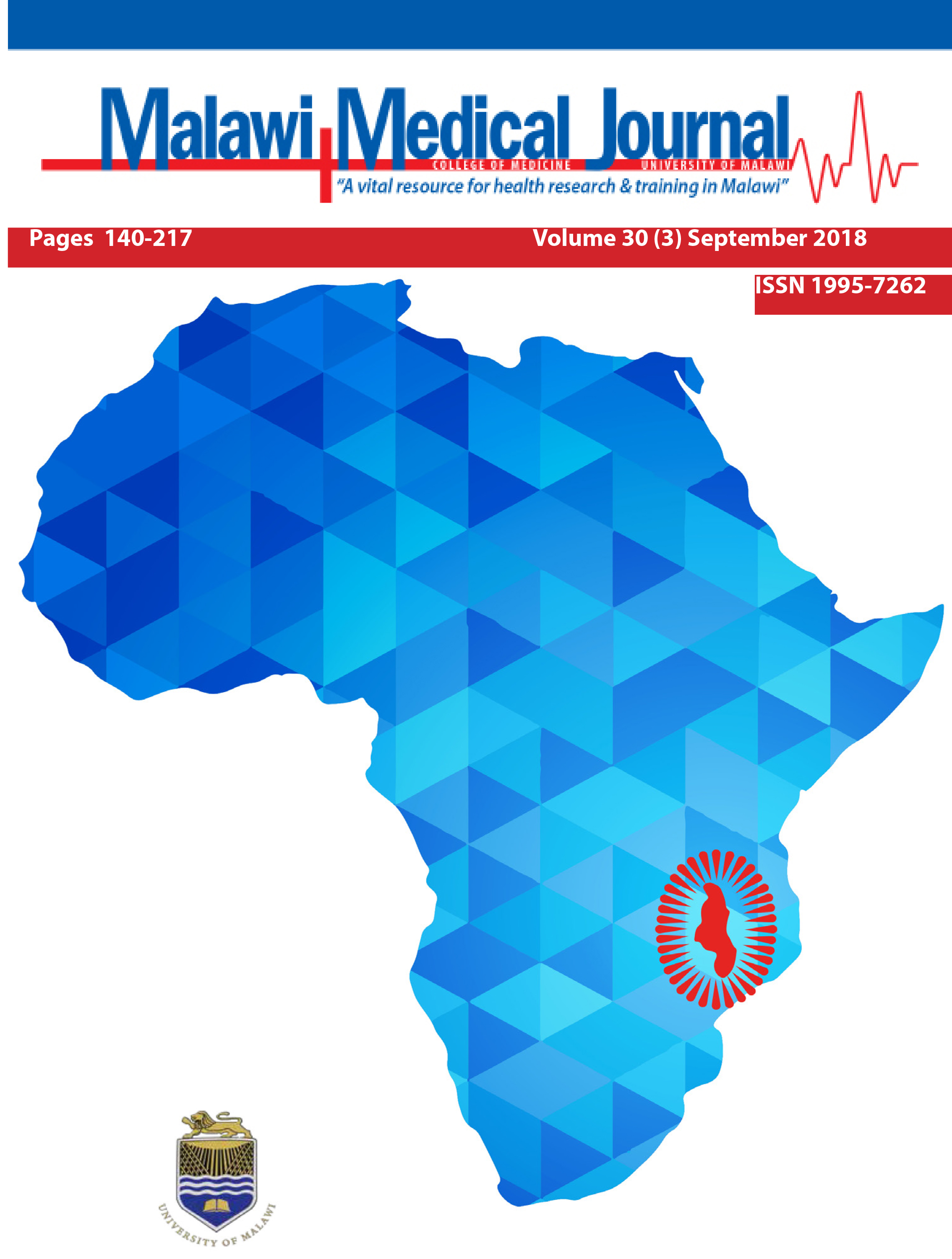Main Article Content
Implementation of postpartum intrauterine device (PPIUD) services across 10 districts in Malawi
Abstract
Background
Malawi has a high maternal mortality and unmet need for family planning, which could be reduced by improving access to postpartum intrauterine device (PPIUD) insertion. Our objective is to describe the implementation of PPIUD services by 4 local organizations at 14 government health services across 10 districts in Malawi.
Methods
This program was a collaborative effort between the Malawi Ministry of Health’s Reproductive Health Directorate and 4 supporting organizations. Training, educational, and monitoring and evaluation materials for PPIUD insertion were developed between December 2013 and April 2014. Each organization was then responsible for PPIUD community sensitization, provider training, and tracking of PPIUD insertions (via PPIUD register books) at their targeted health facilities. Community sensitization activities included Open Day campaigns, which were organized by local leaders to sensitize their communities, and Population Weekends, which were organized by religious leaders to target their congregations.
Results
Community sensitization activities, provider trainings, and mentoring occurred from January 2014 to June 2015, and monitoring and evaluation continued until December 2016 at some sites. One national Radio Discussion Panel with religious leaders was broadcast, 20 Open Day campaigns and 2 Population Weekends were held, 429 providers were trained during 27 trainings, and 249 PPIUD insertions occurred.
Conclusions
PPIUD can be safely offered in Malawi. However, the biggest challenge with program implementation was with encouraging providers to take the extra time and effort to insert an IUD within 48 hours of delivery. In addition, frequent rotation of trained labour ward staff to other clinical areas hindered the program’s sustainability since new trainings had to be held whenever staff members were rotated. Further research should be done to determine the best strategies to motivate busy providers to insert PPIUD, and PPIUD should be integrated into both medical and nursing curriculums to reduce the number of postgraduate trainings required to sustain PPIUD services.




